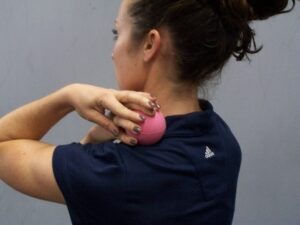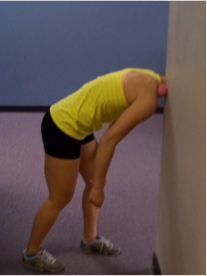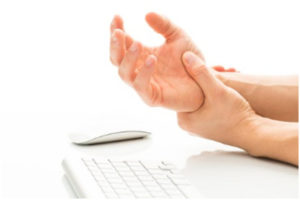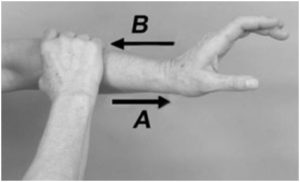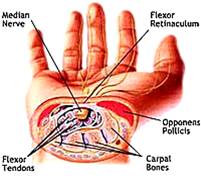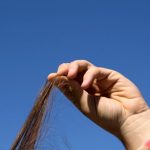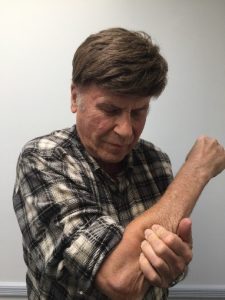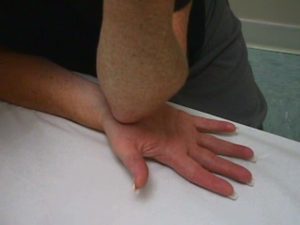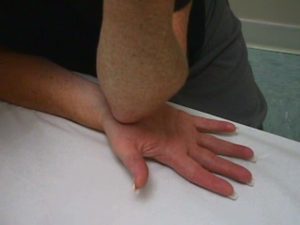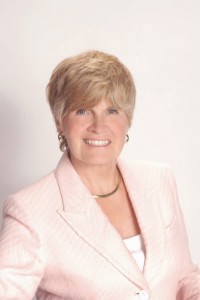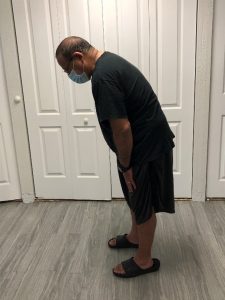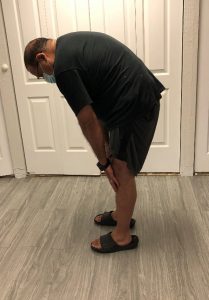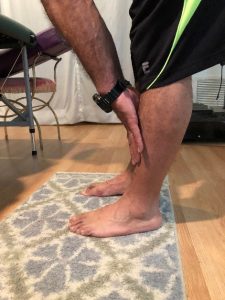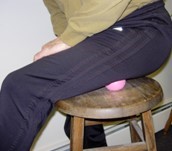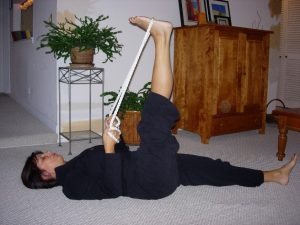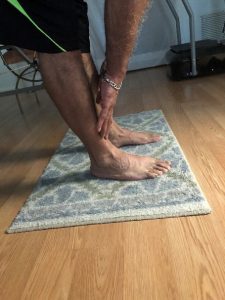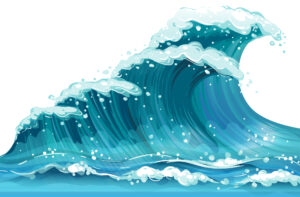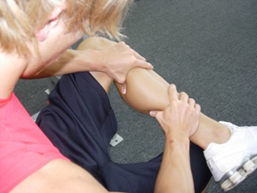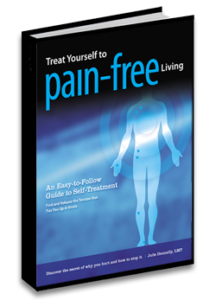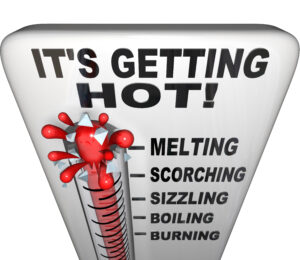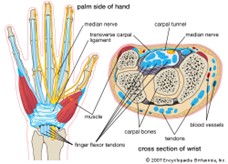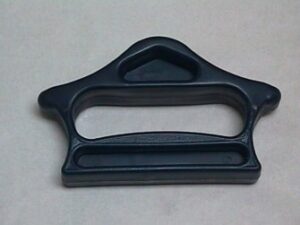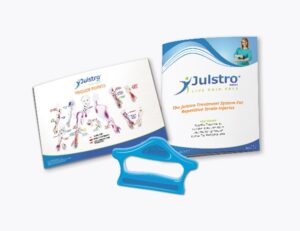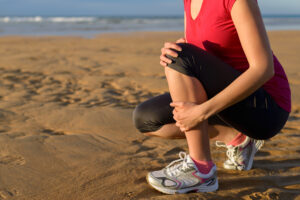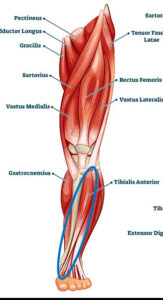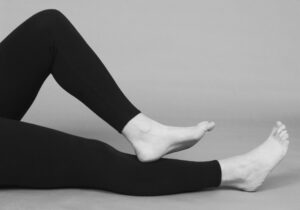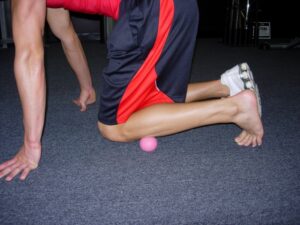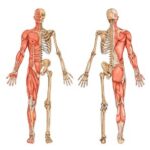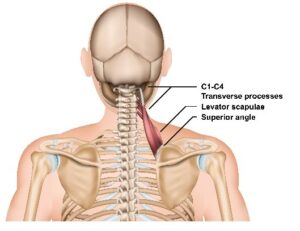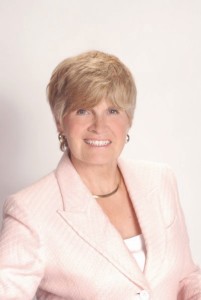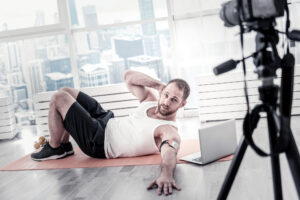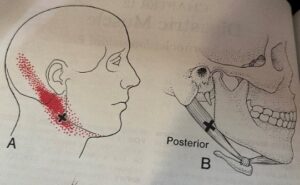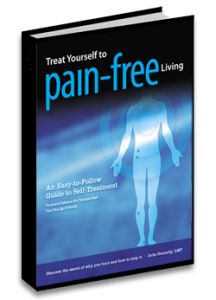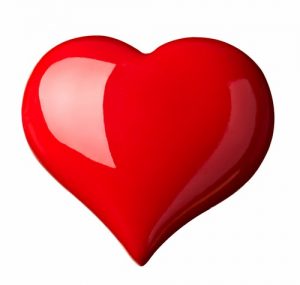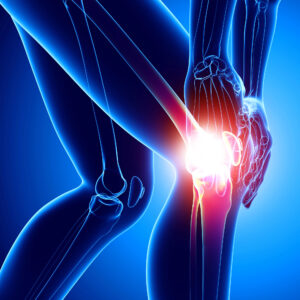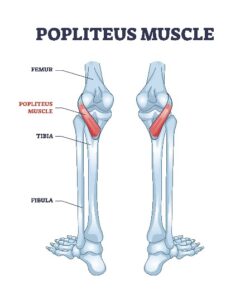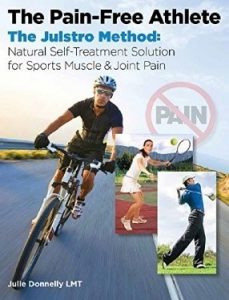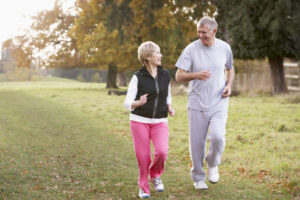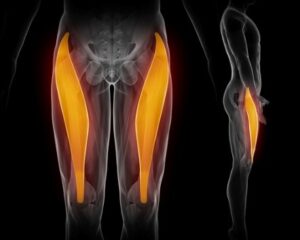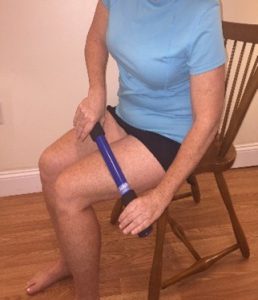Which Muscles Cause Tension Headaches?
Author: Julie Donnelly, LMT – The Pain Relief Expert
Editor: Dr. Steve Chaney
Topic Of The Month – Tension Headaches
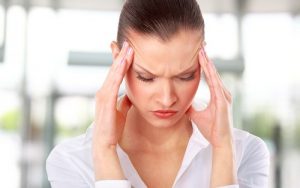 Lately a lot of people have been coming to my office complaining of headaches that have plagued them for a long time…in one case for years!
Lately a lot of people have been coming to my office complaining of headaches that have plagued them for a long time…in one case for years!
This woman had been everywhere and had every test that the medical world could offer. Nothing showed why she had these terrible headaches. At one point she told me the pain was a 10 on a scale of 1-10. Imagine how terrible it was for her to suffer every day from such a crippling condition. My heart went out to her!
Fortunately, her problem was caused by muscles, the one thing that most of the medical world doesn’t consider when looking for a solution to pain.
In fact, if you watched my TED talk: The Pain Question No One is Asking, you may have already heard me talk about this missing link. (If you haven’t heard my TED talk, go to YouTube and enter: Julie Donnelly, Pain and I’ll pop up.)
Let’s talk about muscles and why they will cause headaches (and a whole lot more!).
Which Muscles Cause Tension Headaches?
While there are many causes for headaches, such as stress, anxiety, depression, head injury, or anxiety, and life-threatening causes we won’t go into here, one type of headache that is caused by muscular tension is known as a muscle contraction tension headache.
 As shown in the graphics above, muscle spasms (colored circles) will refer pain to your head, even when you don’t feel any discomfort where the spasm is actually occurring.
As shown in the graphics above, muscle spasms (colored circles) will refer pain to your head, even when you don’t feel any discomfort where the spasm is actually occurring.
(In this article I will focus on treatments for pain caused by the levator scapulae and trapezius muscles).
Muscles in the neck and scalp can become tense or contract in response to stress, depression, or anxiety, leading to tension headaches. Fortunately, in many cases, simply pressing on the trigger points (the colored circles) will release the tension being felt in your head.
To prevent tension headaches, it is important to maintain good posture, practice relaxation techniques, and use a pillow that keeps your head, neck, and spine in a horizontal plane while you sleep.
Relief From Tension Headache Pain
There are too many treatments for headaches to include all of them in this newsletter. If you want to know them, I suggest you get one of my books, especially Treat Yourself to Pain-Free Living or The Pain-Free Athlete.
Meanwhile, I want to share an important Julstro self-treatment that you may find works well for tension headaches:
Place a ball such as the Perfect Ball (shown in picture) or a tennis ball, on the top of your shoulder.
Lean into the corner of a wall, as shown.
Keep your head close to the wall to prevent the ball from slipping and landing on the floor.
Bend at your hips so your upper body goes up and down, causing the ball to roll along the top of your shoulder. This will treat both the levator scapulae and trapezius muscles – both are key muscles for tension headaches.
Be gentle with this treatment as it will cause pain to be felt in your head as you are doing the treatment. Only use enough pressure that it “hurts so good.”
Do 5-6 passes on each side. It can be repeated often during the day but give a little time between each session to allow the muscle to relax.
Drink a LOT of water so the acid that you’re pressing out of the muscle will get flushed out of your body.
This may look a bit confusing, but it’s simple when you follow the directions. And the best part is, IT WORKS!
How to Learn the Other Treatments for Headaches
If you go to www.FlexibleAthlete.com you can read a lot more about muscles and pain. You will also find my books and other self-treatment tools by pressing on Shop.
Wishing you well,
Julie Donnelly
www.FlexibleAthlete.com
These statements have not been evaluated by the Food and Drug Administration. This information is not intended to diagnose, treat, cure, or prevent any disease.
______________________________________________________________________________
My posts and “Health Tips From the Professor” articles carefully avoid claims about any brand of supplement or manufacturer of supplements. However, I am often asked by representatives of supplement companies if they can share them with their customers.
My answer is, “Yes, as long as you share only the article without any additions or alterations. In particular, you should avoid adding any mention of your company or your company’s products. If you were to do that, you could be making what the FTC and FDA consider a “misleading health claim” that could result in legal action against you and the company you represent.
For more detail about FTC regulations for health claims, see this link.
https://www.ftc.gov/business-guidance/resources/health-products-compliance-guidance
______________________________________________________________________
About The Author
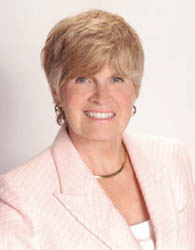 Julie Donnelly has been a licensed massage therapist since 1989, specializing in the treatment of chronic pain and sports injuries. The author of several books including Treat Yourself to Pain-Free Living, The Pain-Free Athlete, and The 15 Minute Back Pain Solution.
Julie Donnelly has been a licensed massage therapist since 1989, specializing in the treatment of chronic pain and sports injuries. The author of several books including Treat Yourself to Pain-Free Living, The Pain-Free Athlete, and The 15 Minute Back Pain Solution.
Julie has also developed a proven self-treatment program for the symptoms of carpal tunnel syndrome.
She has a therapy practice in Sarasota, Florida, and she travels around the USA to teach massage and physical therapists how to do the Julstro Method, and she also teaches self-treatment clinics to anyone interested in taking charge of their own health and flexibility.
She may be reached at her office: 919-886-1861, or through her website: www.FlexibleAthlete.com
About The Editor
 Dr. Chaney has a BS in Chemistry from Duke University and a PhD in Biochemistry from UCLA. He is Professor Emeritus from the University of North Carolina where he taught biochemistry and nutrition to medical and dental students for 40 years.
Dr. Chaney has a BS in Chemistry from Duke University and a PhD in Biochemistry from UCLA. He is Professor Emeritus from the University of North Carolina where he taught biochemistry and nutrition to medical and dental students for 40 years.
Dr. Chaney won numerous teaching awards at UNC, including the Academy of Educators “Excellence in Teaching Lifetime Achievement Award”. Dr Chaney also ran an active cancer research program at UNC and published over 100 scientific articles and reviews in peer-reviewed scientific journals. In addition, he authored two chapters on nutrition in one of the leading biochemistry text books for medical students.
Since retiring from the University of North Carolina, he has been writing a weekly health blog called “Health Tips From the Professor”. He has also written two best-selling books, “Slaying the Food Myths” and “Slaying the Supplement Myths”. And most recently he has created an online lifestyle change course, “Create Your Personal Health Zone”. For more information visit https://chaneyhealth.com.
For the past 45 years Dr. Chaney and his wife Suzanne have been helping people improve their health holistically through a combination of good diet, exercise, weight control and appropriate supplementation.

